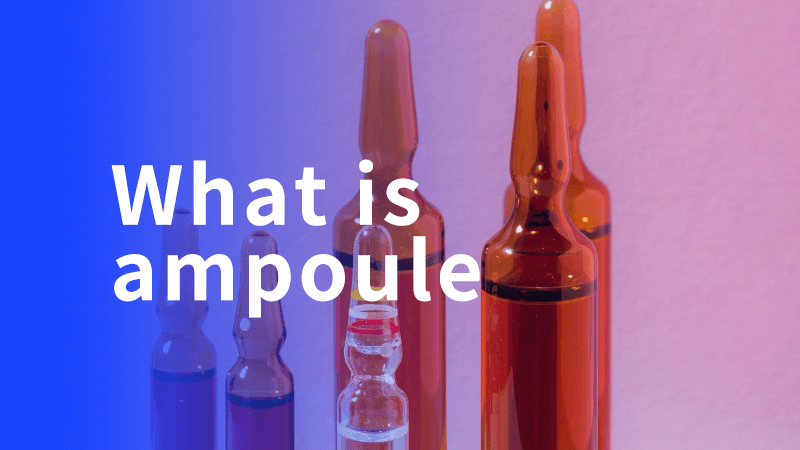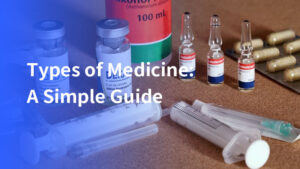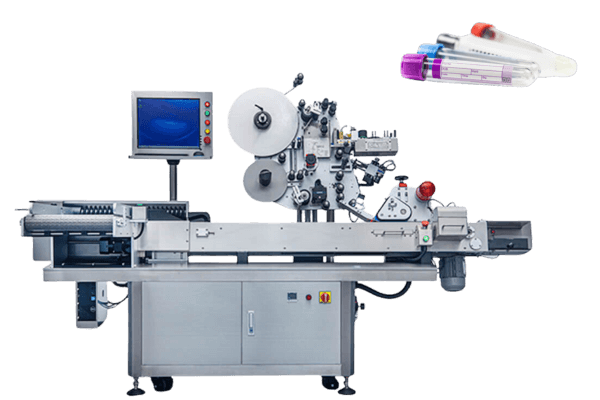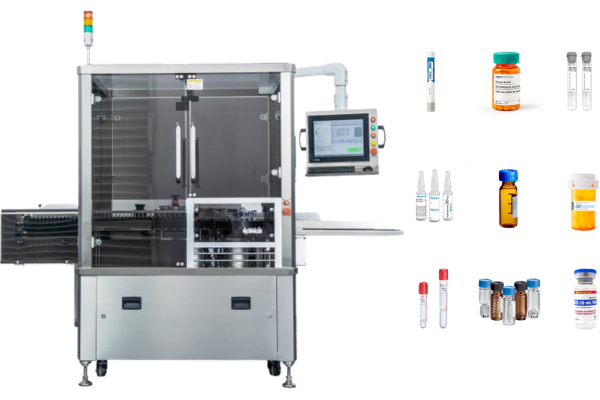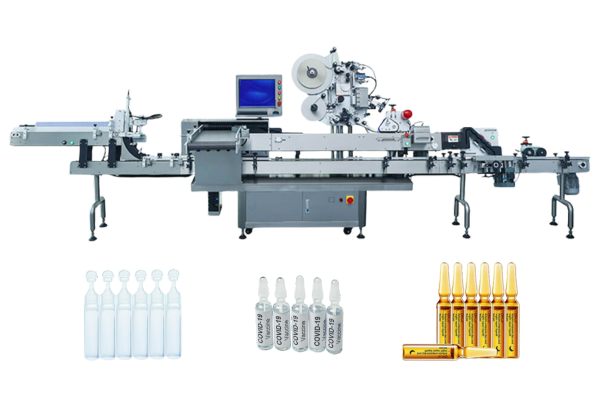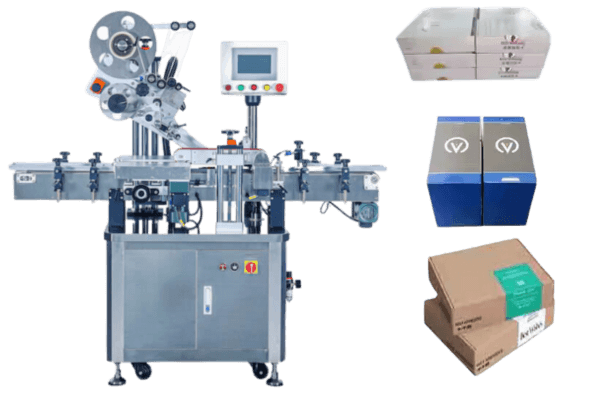The question “What is ampoule?” reveals a pivotal role in the medical and cosmetic realms where a petite container safeguards vital substances.
The definition of ampoules
An ampoule, also called an ampul, is a small, sealed bottle. It is used to keep a sample safe, usually in liquid or solid form. Ampoules are mostly made of glass and protect the sample from contamination and damage.
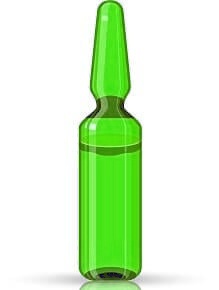
Ampoules have been used since ancient times when keeping substances safe was very important. Their main purpose has stayed the same over time: to protect purity.
Characteristics of ampoules
These containers are clear, so you can see inside them. They also block harmful UV light that can damage the sample.
Their tight seal makes them very important in places where even a tiny bit of contamination can cause big problems.
Types of ampoules
Ampoules are categorized along several types, and they can divided by 3 aspects:
By capacity
Ampoules can hold as little as 1 milliliter or as much as 100 milliliters. The size depends on what they are used for. Smaller ampoules are often used for single doses of medicine, while larger ones may be used for multiple doses.
| Ampoule Capacity Classification | Characteristics and Common Uses |
| Microliter Ampoules | Extremely small capacity, typically used for storing precious drugs or biological agents such as vaccines and hormones. |
| Small-Volume Ampoules | Smaller capacity, suitable for storing single-dose or fractional-dose injections. |
| Medium-Volume Ampoules | Moderate capacity, widely used for storing various injections, powder injections, etc. |
| Large-Volume Ampoules | Larger capacity, primarily used for storing drugs that require larger injection doses, such as intravenous infusions. |
By usage
Some ampoules are designed for a single use to keep the contents sterile. Others can be used multiple times, depending on how the contents are stored and handled. Single-use ampoules are common in hospitals, while multi-use ones may be found in labs.
| Ampoule Use Classification | Characteristics and Common Uses | Additional Notes |
| Injection Ampoules | Varied capacities, used to contain various injections, powder injections, etc., and are one of the most common forms of clinical medication. | Most commonly used type of ampoule. |
| Vaccine Ampoules | Typically small-volume ampoules, used to contain biological products such as vaccines, with extremely high sealing requirements. | Require high sterility standards. |
| Blood Product Ampoules | Primarily used to contain blood products such as plasma and serum, with extremely high sterility requirements. | Often used for specialized blood products. |
| Diagnostic Reagent Ampoules | Used to contain diagnostic reagents such as biochemical reagents and immunoreagents, with higher stability requirements. | Often used in laboratory settings. |
| Ampoules for Special Drugs | Used to contain special drugs such as radioactive drugs and photosensitive drugs, with special requirements for packaging materials and storage conditions. | Require specialized handling and storage. |
By contents
Ampoules can be filled with liquids, powders, or solid substances. The contents depend on how the ampoule is used.
For example, ampoules filled with liquid medicine are often used for injections. Ampoules with powders may need to be mixed with liquid before use.
| Content Classification | Specific Content Examples | Characteristics and Common Uses |
| Pharmaceutical Preparations | Injections, powder injections, lyophilized powders, suspensions | The vast majority of ampoules are used to contain various pharmaceutical preparations. Different materials and specifications of ampoules are selected according to the properties of the drugs. |
| Biological Products | Vaccines, serums, plasma, cell culture media | Extremely high requirements for sterility and stability, usually using brown or amber glass ampoules to avoid the influence of light. |
| Diagnostic Reagents | Biochemical reagents, immunoreagents, PCR reagents | High requirements for stability and purity, often using small-volume ampoules with special markings. |
| Radiopharmaceuticals | Drugs labeled with radionuclides | Extremely high requirements for shielding and leakage protection, usually using lead glass or special metal ampoules. |
| Special Chemical Reagents | Strong acids, strong bases, organic solvents, etc. | High requirements for corrosion resistance of materials, and corrosion-resistant ampoule materials need to be selected. |
By materials
Ampoules are small containers used to hold liquids, especially medicines. They are usually made from two main materials: glass and plastic. Each material has its own advantages and disadvantages.
Glass ampoules
Glass is the most common material for ampoules. It is strong and can protect the liquid inside from light and air. This helps keep the medicine stable and safe for a longer time.
Glass ampoules are also very good at preventing contamination, which means they keep the medicine clean. However, glass can break easily, so they need to be handled carefully.
Plastic ampoules
Plastic ampoules are another option. They are lighter and less likely to break compared to glass. This makes them easier to transport and use. Plastic can also be made in different shapes and sizes, which can be helpful for certain medicines.
However, plastic may not protect the liquid as well as glass. Some types of plastic can allow air and light to reach the medicine, which can affect its stability.
Impact on drug stability and safety
The choice of material for ampoules is important because it affects the stability and safety of the medicine inside. Glass ampoules are often preferred for sensitive drugs that need to be protected from light and air.
On the other hand, plastic ampoules may be used for medicines that are less sensitive and need a more durable container.
Ampoule manufacturing process
Making ampoules involves several important steps to ensure they are safe and effective. The process is designed to protect the contents from contamination and keep the ampoule sealed until it is used.
Here are the main steps in making ampoules:
① Glass Formation: The ampoule starts as a small glass tube. The glass is heated and shaped into the correct size and form.
② Filling: Once the ampoule is formed, it is filled with the liquid, powder, or solid substance. This is done in a clean environment to prevent contamination.
③ Sealing: After filling, the ampoule needs to be sealed. There are three common sealing methods:
- Tip Sealing: The top of the ampoule is heated and pinched closed.
- Pull-Sealing: The neck of the ampoule is heated, and the top is pulled off, creating a sealed edge.
- Fusion Sealing: The neck is fully melted to create a strong, airtight seal.
④ Inspection: Each ampoule is checked to make sure it is sealed correctly and that there are no cracks or defects.

Applications of ampoules in various industries for injectable medications
Ampoules have long been used in healthcare, holding things like injectable drugs and vaccines. It is important to give injections safely to avoid infections. Ampoules are also now used in the cosmetic industry for serums and concentrates.
Injectable medications work faster than pills because they go directly into the body. Giving injections safely means choosing the right tools and keeping everything clean.
It is very important to give injections correctly. This helps prevent problems like infections, mistakes, injuries, and patient discomfort.
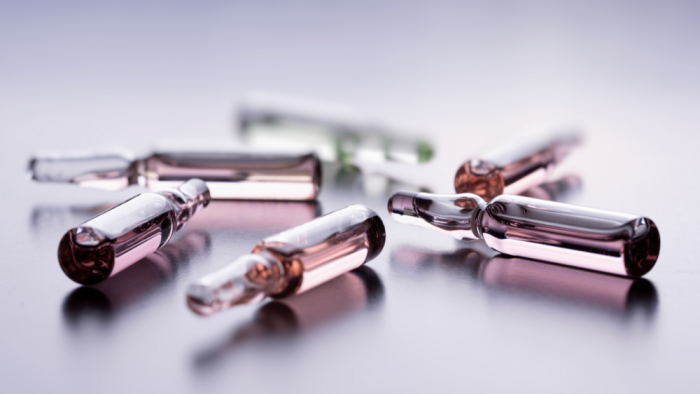
Storage and handling for ampoules
There are strict rules for storing and handling ampoules to keep their contents effective. Safe handling is important to avoid mistakes when storing and using ampoules.
Opening an ampoule must be done carefully to avoid contamination and injury. Used ampoules must be thrown away properly, with care for the environment.
To avoid medication mistakes, it is important to double-check doses and know the right way to give the medicine. Using the right tools and following safe injection steps helps prevent problems and keeps patients safe.
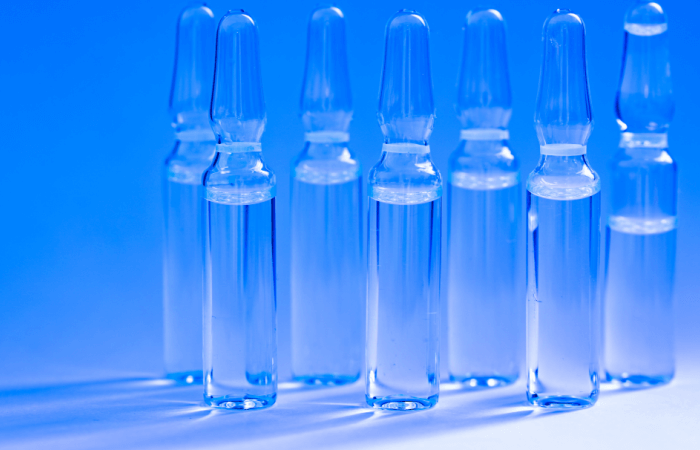
Best practices to use ampoules
Using ampoules needs careful steps. Keep everything clean to stop contamination, check expiration dates, and be safe to avoid glass injuries.
It’s also important to give medicine safely with different types of injections like intradermal, subcutaneous, and intravenous.
Giving medicine into muscles needs extra care. You should think about the patient’s size, the medicine, and the right needle size. Using the right needle helps stop problems like pain and bruising.
Following clear rules is important to avoid mistakes and keep patients safe.
Conclusion
In conclusion, asking “what is ampoule” means learning about a tool used to keep things pure and safe from contamination.
This small container shows how important it is to protect its contents from start to finish in many industries.
For labeling these protective containers, ampoule labeling solutions from LMS are a great choice. Their system makes sure labels are precise and consistent, helping ampoules stay easy to track and use.
